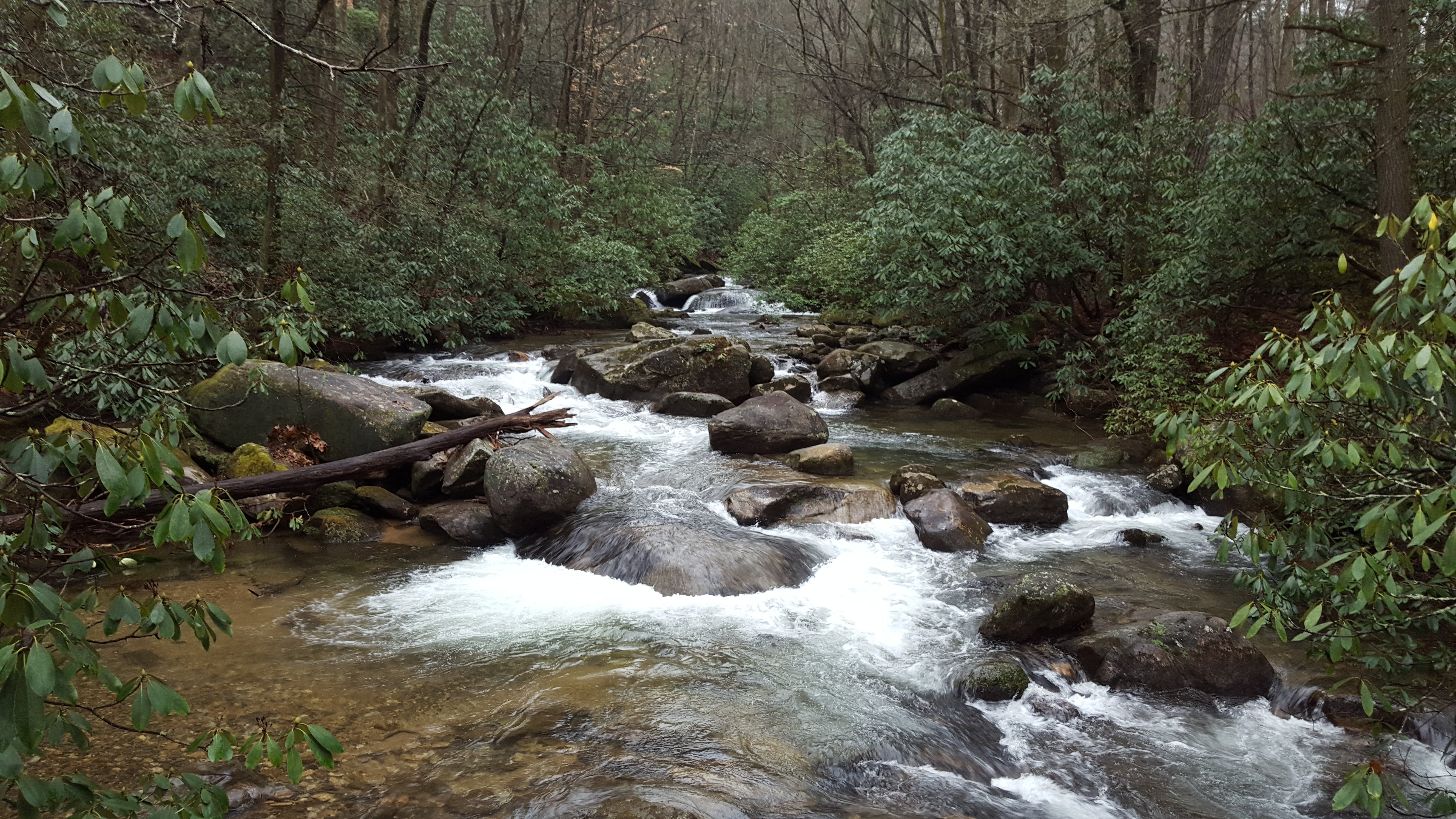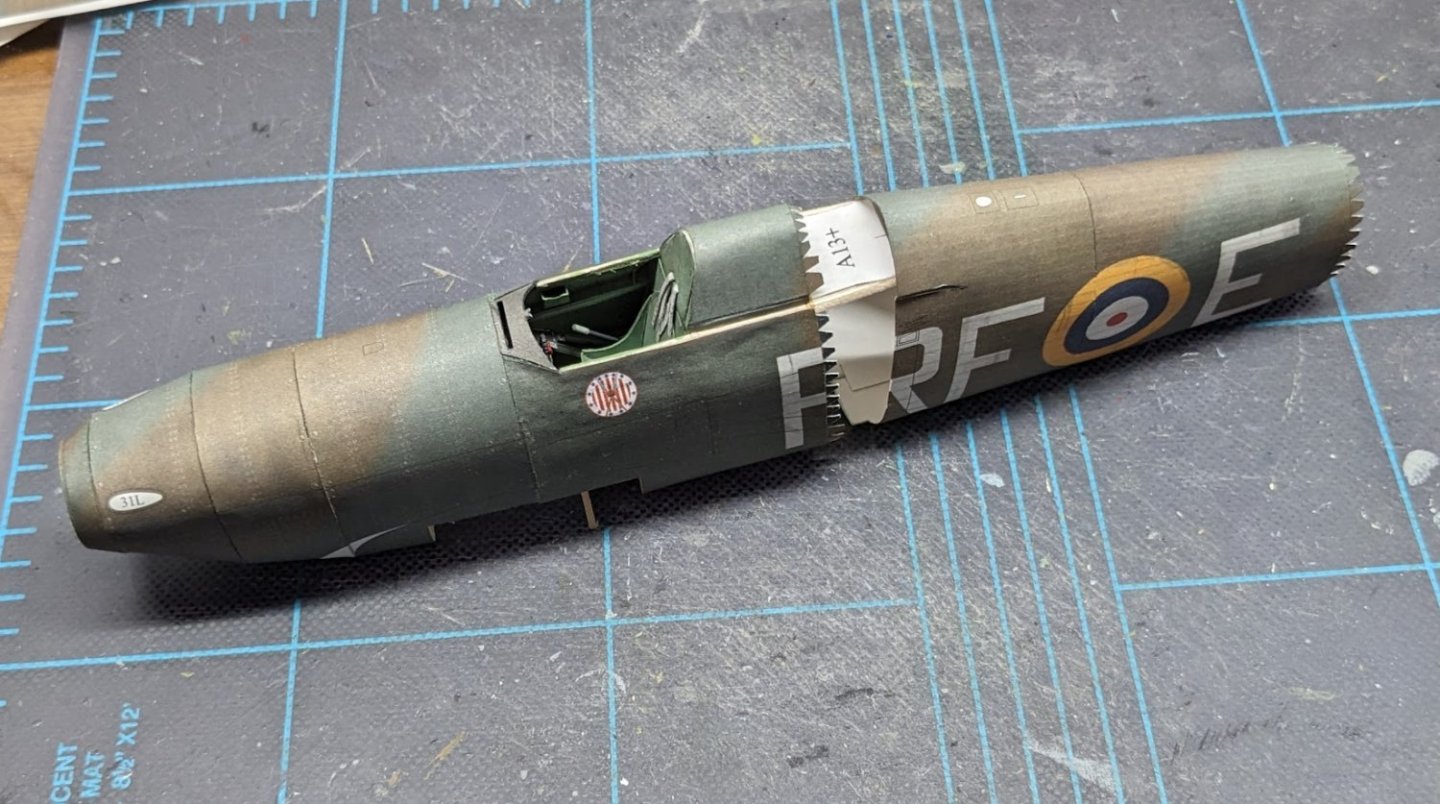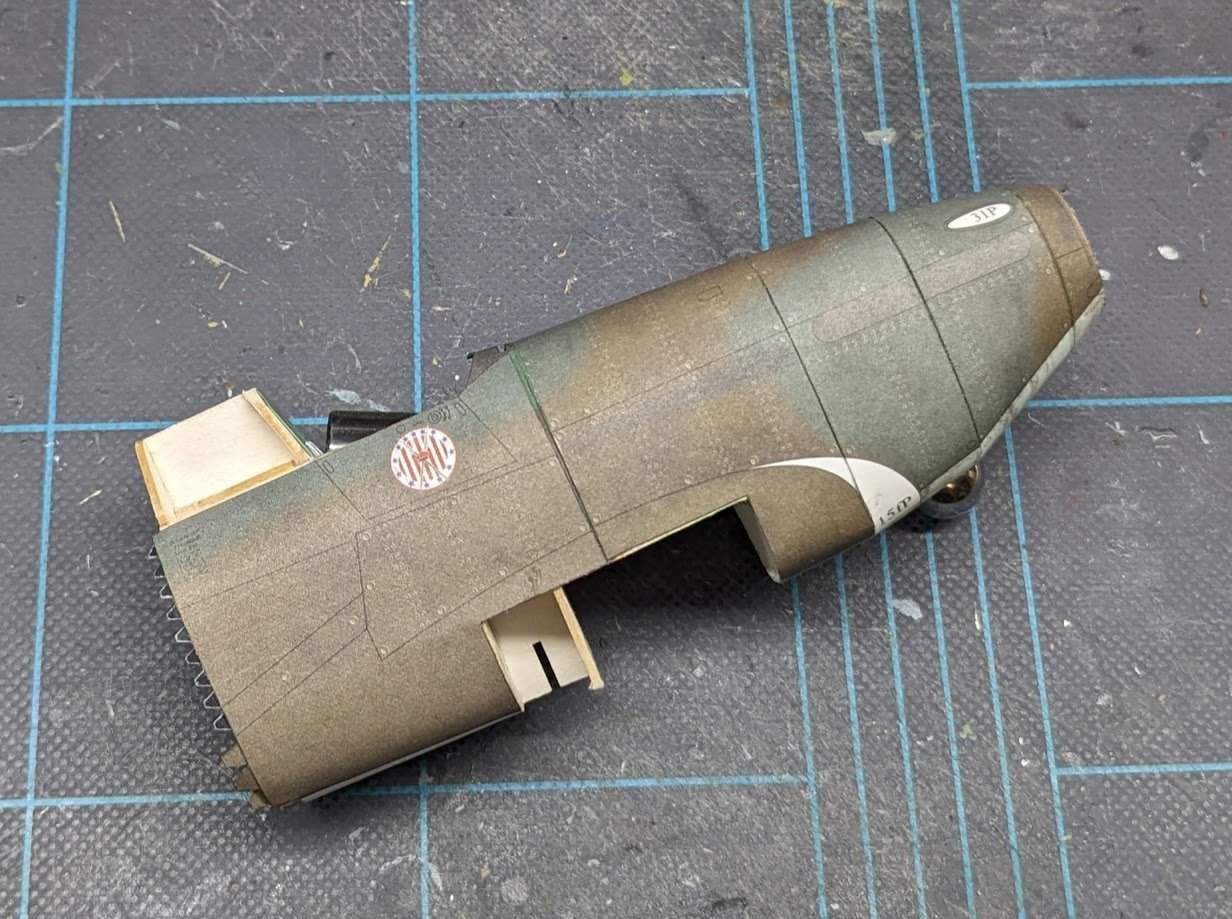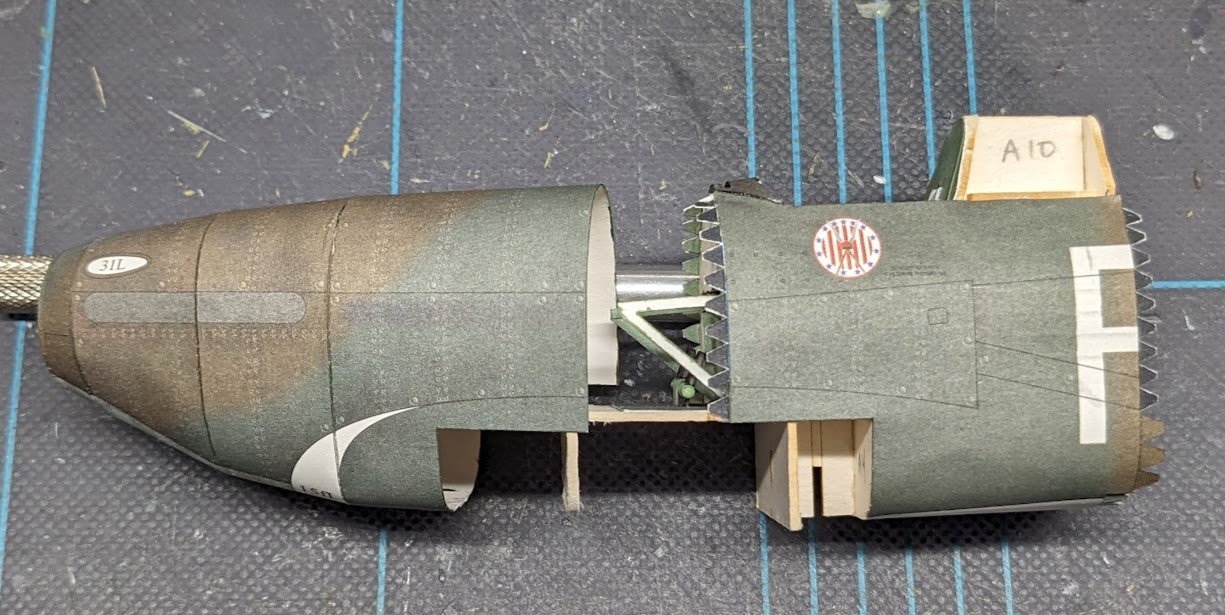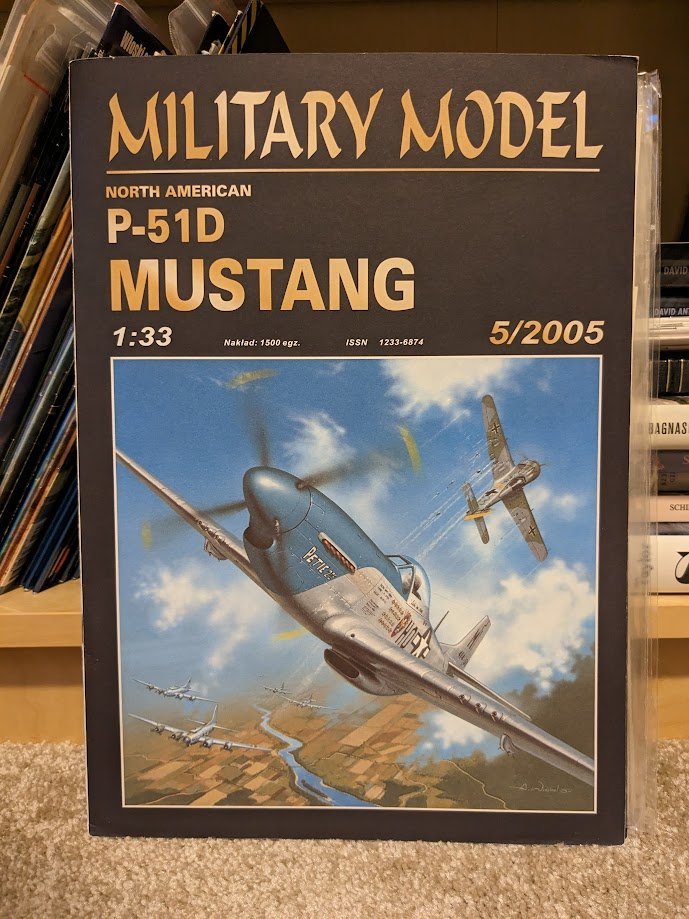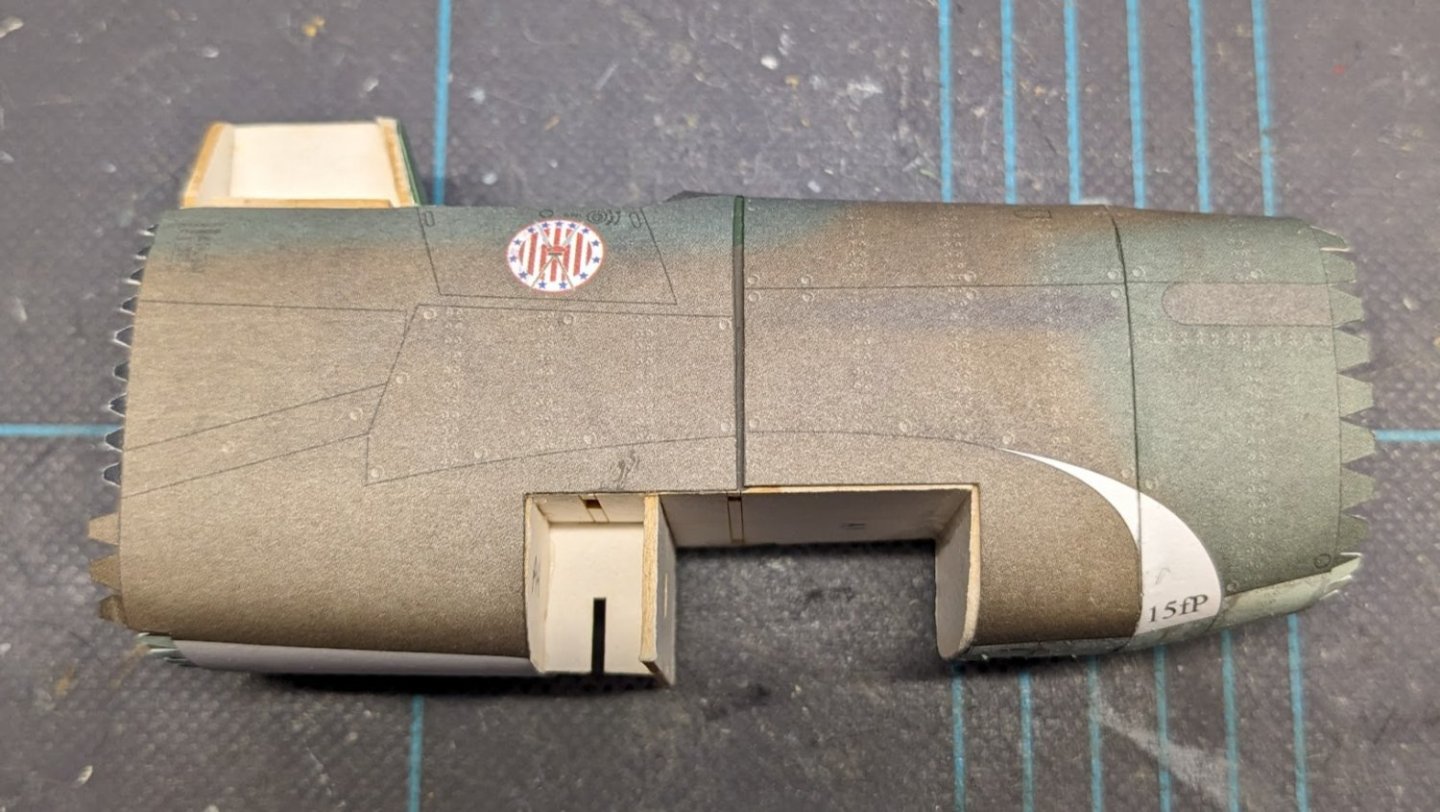-
Posts
10,212 -
Joined
-
Last visited
Content Type
Profiles
Forums
Gallery
Events
Everything posted by ccoyle
-
Well, my friends, it looks like this will be yet another well and truly screwed attempt at building a Halinski model. As you can see in the photo, in spite of all my best efforts to anticipate tight fits and sand the frames accordingly, there is still a nearly 2 mm height difference between the aft cockpit and the upper fuselage skin of the next section. No amount of gentle shaping has been able to coax that skin into place, and the joiner strips on the cockpit are degrading with the effort. Maybe I should just learn my lesson and leave the Halinski kits to the Poles, who alone among the peoples of the earth seem capable of regularly completing them. After all, I only have like 22 left.🙄 This is just so, sooooo frustrating and depressing -- makes me feel like the rankest amateur all over again.😑
-
Welcome aboard, Louise!
-
Congratulations on completing the set! They look good together.
- 18 replies
-
- Santa Maria
- Pinta
-
(and 3 more)
Tagged with:
-
The next fuselage section is ready to attach. You may notice that it is not actually attached in this photo. That's because the two sections have an incredibly tight fit. I'm not even 100% certain that I can get them to go together. But I decided to wait until the next session before working further on this conundrum. (BTW, I have been sanding down all of the bulkheads in anticipation of just such fit issues as this. It hasn't gone quite to plan. Also BTW, that's not a tear in the aft section -- it's a cut where part of the piece folds down to create part of the cockpit canopy slide rail.)
-
I can think of many things that are more "fun" than doing rigging in 1/250 scale -- like licking a cactus, prepping for a colonoscopy, or being forced to sit through a Hallmark Channel Christmas movie marathon. 😜
-
Hey, @Shipyard sid. The photo links in this build log are all broken. Any possibility of getting them fixed?
- 439 replies
-
- victory
- caldercraft
-
(and 1 more)
Tagged with:
-
Very nice! The figures bring it to life.
- 13 replies
-
- Model Shipways
- Finished
-
(and 2 more)
Tagged with:
-
Welcome aboard!
-
So, here is the forward fuselage glued together, along with the patch of the "hideous seam." It is really hard, for me at least, to get a close match for four-color offset printing -- tinted paint just can't replicate exactly the tone and saturation of all the variously colored dots of a printed part. This is about the best I could do, and the result doesn't look too terrible to my eye. It looks worst when viewed straight on, as in this shot, and looks less obvious at other angles.
-
Welcome aboard!
-
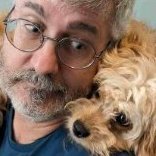
P-51D Mustang by CDW - FINISHED - Dragon - 1:32 Scale
ccoyle replied to CDW's topic in Non-ship/categorised builds
I don't build "cars model", but If my granddaughter bought me something like that, you bet I'd find a place to prominently display it! -
Welcome aboard!
-
Very nice! Congratulations!
- 88 replies
-
- Muscongus Bay Lobster Smack
- Finished
-
(and 1 more)
Tagged with:
-

P-51D Mustang by CDW - FINISHED - Dragon - 1:32 Scale
ccoyle replied to CDW's topic in Non-ship/categorised builds
Hmm . . . card publishers and plastic kit manufacturers seem to have an affinity for the same subjects. -
That's actually quite common in kits these days. The big problem, though, for this particular aircraft is the feathered edges between the brown and green areas of camouflage. Such edges are difficult to replicate neatly. But for this particular seam (and whatever others may result from my misalignment mishap), I'm determined to put it out of mind until I'm ready to attach the forward fuselage. No sense fretting about it before I get there.
-
Some progress on the forward fuselage, starting with the skins, joiner strips, and joiner tabs cut out and edge colored, then glued together to make the four fuselage sections. Then the skins are shaped and glued into tubes, here shown with their bulkheads. After some sanding to assure that the fits weren't too tight, the bulkheads were then glued in and allowed to dry. Here's the first two sections glued together and test-fitted to the cockpit section. You can see where one of the "hideous seams" I described earlier will occur, though it is not as bad as I feared it might be. And that's it for today.
About us
Modelshipworld - Advancing Ship Modeling through Research
SSL Secured
Your security is important for us so this Website is SSL-Secured
NRG Mailing Address
Nautical Research Guild
237 South Lincoln Street
Westmont IL, 60559-1917
Model Ship World ® and the MSW logo are Registered Trademarks, and belong to the Nautical Research Guild (United States Patent and Trademark Office: No. 6,929,264 & No. 6,929,274, registered Dec. 20, 2022)
Helpful Links
About the NRG
If you enjoy building ship models that are historically accurate as well as beautiful, then The Nautical Research Guild (NRG) is just right for you.
The Guild is a non-profit educational organization whose mission is to “Advance Ship Modeling Through Research”. We provide support to our members in their efforts to raise the quality of their model ships.
The Nautical Research Guild has published our world-renowned quarterly magazine, The Nautical Research Journal, since 1955. The pages of the Journal are full of articles by accomplished ship modelers who show you how they create those exquisite details on their models, and by maritime historians who show you the correct details to build. The Journal is available in both print and digital editions. Go to the NRG web site (www.thenrg.org) to download a complimentary digital copy of the Journal. The NRG also publishes plan sets, books and compilations of back issues of the Journal and the former Ships in Scale and Model Ship Builder magazines.

